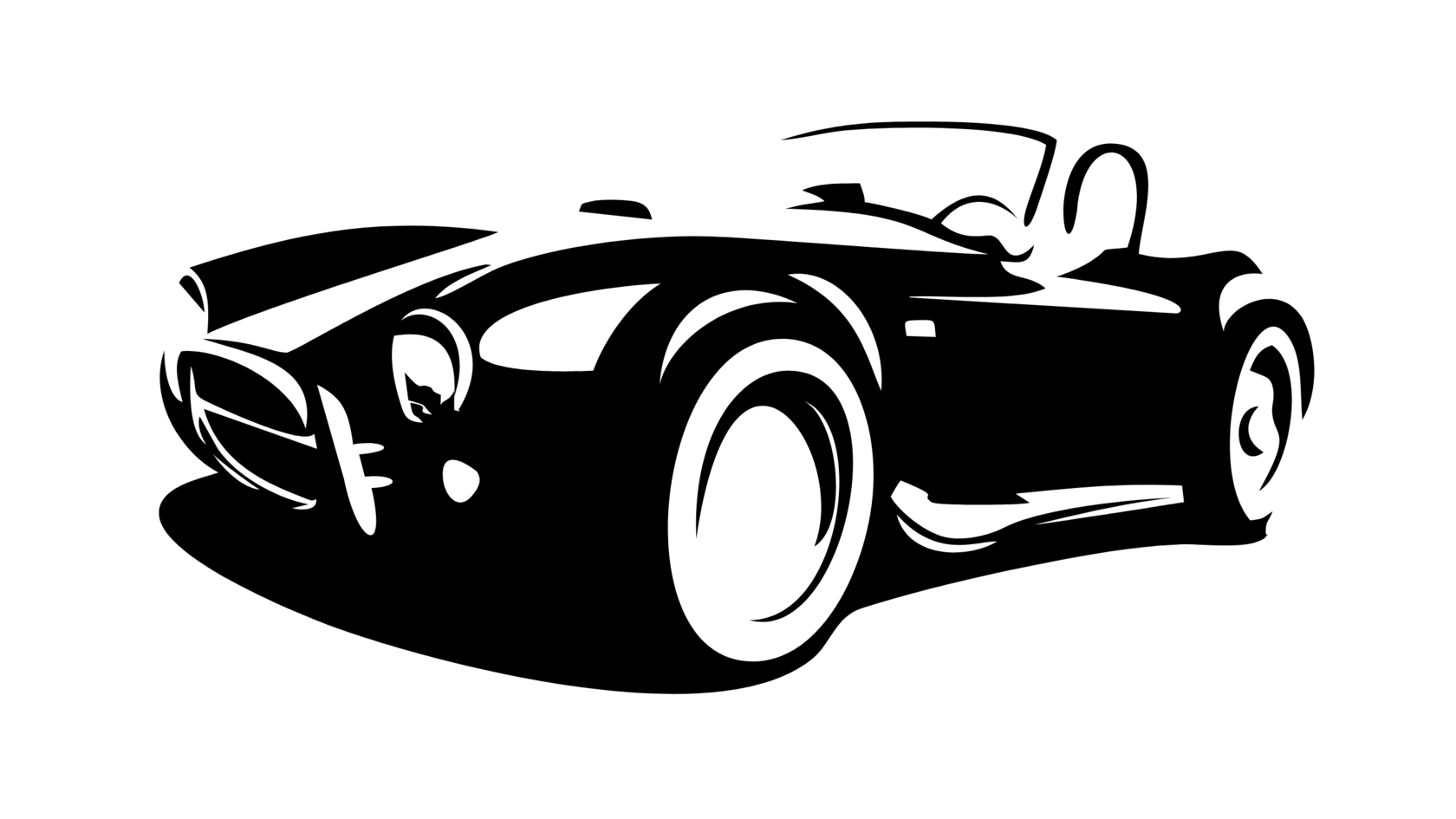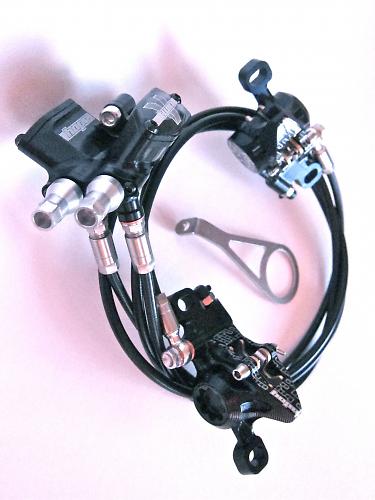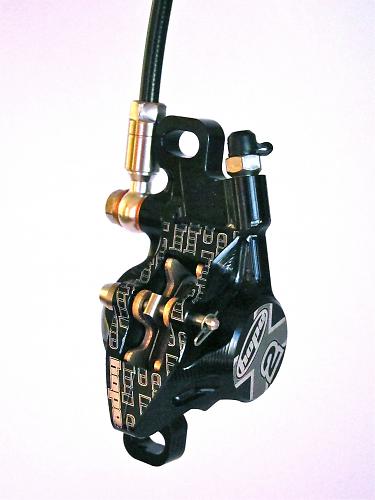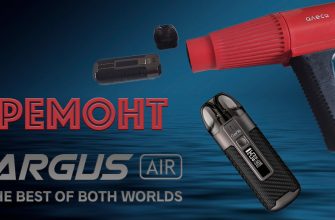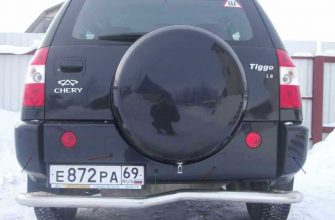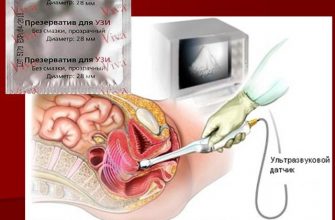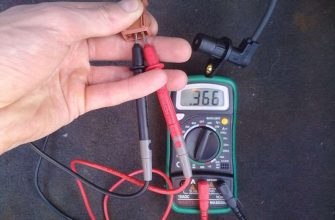Hope V-Twin — переходник для гидравлических дисковых тормозов с тросового привода
Возможно, вы уже видели такие на фото или слышали о них, но я хотел увидеть такую систему своими глазами. Система Hope V-Twin очень хороша, она занимает мало места, устанавливается в таком месте, что ничему не мешает и она аккуратно выглядит. Я еще ни разу не пользовался такой системой и, поэтому, относился к ней скептически.
Позвольте мне обрисовать ситуацию. В велокроссе происходит переход на дисковые тормоза. Лучше это или хуже, или, возможно, просто потому, что производители хотят продать вам свой товар, но в этой области проводится много разработок, а значит, новинки будут появляться регулярно. Но эта тенденция производителей рам приводит к тому, что производители компонентов стремятся наверстать упущенное. Конечно, Avid BB7 Road работает хорошо. А теперь, когда выпущен BB7 Road SL, он стал еще и легче. Но любой, кто ездил на горном велосипеде с хорошим дисковым тормозом с тросовым приводом, а затем хорошим гидравлическим тормозом, знает, что гидравлическая система намного лучше.
Конечно, сейчас у нас очень ограниченный выбор. TRP производит свою систему Parabox, я решил не брать ее, потому что не достаточно хорошо знаю, про их штуцеры и способ прокачки их системы. Есть другая система, в которой используются тормоза Formula производимые 324 Labs, но их система не выглядит тщательно продуманной. Я остановился на системе V-Twin от Hope, детали которой идеально обработаны, не говоря уже, что она известна за точность ощущения торможения на ручке и отличную модуляцию.
Только распаковав комплект, я тут же положил его на весы. Переходник со всем крепежом, шлангами и калиперами весит 390г. Сравним это с весом оборудования, которое я снял, а это калиперы Avid BB7 Road SL и их титановый крепеж, а также тросы с рубашками, которые мне больше не нужны и которые все вместе весят 440г. Разница в 50 грамм совсем небольшая. Эти веса не включают роторы, так как ротор в любом случае используется обоими системами, но учитывает вес деталей крепления оборудования.
Установка новой системы вызвала некоторые трудности, тут я не стану врать. Теперь, когда я уже установил систему, я смог бы это проделать быстрее, потому что узнал много об особенностях ее устройства, по-крайней мере, я так предполагаю. Укорачивание шлангов до подходящей длинны было очень простой задачей, этому способствовал тот факт, что система была изначально прекрасно прокачана, и ее не нужно было прокачивать заново, после обрезания шлангов. если вы аккуратны и используете подходящие инструменты.
К сожалению, при установке системы, мне пришлось установить 5мм разделительную шайбу под вынос руля над пластиной крепления Hope, чтобы быть уверенным, что система не будет касаться выноса. Пластина немного гнется и это позволяет отогнуть ее немного вниз, но лишь настолько, чтобы она не задевала рулевой стакан.
Установка калиперов. Задний поставился запросто. Серьезно. 5 минут и готово. А вот передний в противовес ему, не так легко. В калиперах Hope X2 не используется система позиционирования CPS, как на калиперах Avid, поэтому, поверхность крепления должна быть строго перпендикулярна поверхности ротора. У меня не была. Вилка 3T Luteus на моем Felt F1x имела небольшое попадание краски на поверхность крепления, а я этого не заметил и в результате в течение часа безуспешно пытался бороться с задеванием ротора. Звонок в Hope не помог, до тех пор, пока я не решил вернуться обратно и снять систему, осененный мыслью, что она неисправна. Около 5-ти минут я очищал краску, после чего все встало как надо.
Как и у любой дисковой системы у этой есть период приработки. Для меня он всегда очень неприятный, так как я установил новую игрушку и хочу, чтобы все заработало сразу. Дисковые тормоза работают не так, нужно, чтобы они притерлись и вам нужно сделать это правильно. Я выехал из магазина и сделал около 20 замедлений при очень слабом нажатии на рукоятку тормоза, очень слабое замедление. Затем еще дюжину при чуть более сильном нажиме на ручку, затем около дюжины при нажатии близком к экстремальному торможению, стараясь избежать лишь полной блокировки колеса.
Первая вещь, которую я заметил с самого начала — ощущения рукоятки тормоза. Они удивительные. Полностью несравнимые с кантилеверными или дисковыми с приводом от троса. Равномерное и последовательное увеличение мощности, поразительная модуляция, прекрасная ответная реакция рукоятки. Это новый уровень ощущений от ручки тормоза.
Следующий день я решил провести тренируясь в управлении, и зная, что будет большое количество повторяющихся резких остановок и я возлагал большие надежды на новую систему. После всего нескольких сильных нажатий на ручку тормоза при проходе резких поворотов, я уже понял, что новая система великолепна. Оказалось очень просто применить всю мощь тормоза, избегая лишь полной блокировки колеса. Ручку тормоза тянуть очень легко, но я хотел бы большего ее хода, прежде чем наступает блокировка колес.
Другое огромное преимущество новой системы над механической, какие я использовал ранее — это шум. Если точнее — отсутствие шума. Система работает бесшумно. Я заметил, что передний калипер пытается издать слабое жужжание, когда я выезжаю из лужи, но это нельзя назвать шумом.
Теперь реальный тест в долларах и центах. Калиперы Avid BB7 Road SL стоят по $170 на колесо и включают роторы. Вам также понадобится проложить тросы и бескомпрессионные рубашки, SRAM Slickwire Road XL стоит $45. Итого получается $385. Система Hope V-Twin стоит $335, роторы в нее не входят. Если взять роторы Hope за $80 каждый, то получим $495. С системой Hope вам не придется возиться с прокладкой бескомпрессионных тросов, так как трос нужен всего длинной 12 дюймов.
Вот такой расклад. За цену чуть дороже $100, чем топовые дисковые системы с тросовым приводом, вы можете сделать переход на гидравлический тормоз, уменьшить вес велосипеда на 50г., получить систему, которая прекрасно выглядит, все детали отлично обработаны, она бесшумная, работает гладко, с отличной мощностью и обладает великолепной модуляцией. К этому времени, я сделал лишь несколько поездок на ней, но все указывает на то, что это замечательная система.
Источник
Hope V-Twin Hydraulic Disc Brake Converter
First Published Sep 8, 2013
VERDICT:
At road.cc every product is thoroughly tested for as long as it takes to get a proper insight into how well it works. Our reviewers are experienced cyclists that we trust to be objective. While we strive to ensure that opinions expressed are backed up by facts, reviews are by their nature an informed opinion, not a definitive verdict. We don’t intentionally try to break anything (except locks) but we do try to look for weak points in any design. The overall score is not just an average of the other scores: it reflects both a product’s function and value – with value determined by how a product compares with items of similar spec, quality, and price.
Good scores are more common than bad, because fortunately good products are more common than bad.
- Exceptional
- Excellent
- Very Good
- Good
- Quite good
- Average
- Not so good
- Poor
- Bad
- Appalling
If you have a disc-ready frame or you’re thinking of getting one, and want to step up to hydraulics without a massive spend on parts, Hope’s V-Twin Hydraulic Disc Brake Converters make it easy. Plus, you get better braking and, for cyclo-cross riders, more time to drink tea and relax.
Hydraulic disc brakes on cyclo-cross and road bikes are now officially the Next Big Thing. After a few years of will they-won’t they, mostly in discussion forums on the internet, both Big S’s have recently made the leap into production with integrated gear and hydraulic brake units which means the floodgates are open for disc brakes to sweep across a whole new swathe of bikes. Whether you like it or not.
Hope were ahead of this little game by a good decade or so with a road bike cable disc and a cable-to-hydraulic converter that both briefly saw the light of day but were quietly shelved until a couple of years ago when they launched the new V-Twin to meet a nascent market head on.
Hope have been making mountainbike disc brakes for years now in their high-tech shed in Barnoldswick so they should know how this sort of thing works. The CNC machined V-Twin converts cable pull into hydraulic push via an extremely simple in-line piston system. The V-Twin has already been performing pretty well in the hands of Hope team cyclo-cross riders, winning both standard cyclo-cross races and the legendary Three Peaks.
With the big boys finally coming out with hydraulic brake options for drop-barred bikes the Hope system could be seen as instantly obsolete. However, there are enough people out there with disc-ready bikes who want to go hydraulic, or who are looking to procure a disc-ready frame but who don’t want to or aren’t able to stump up the cash to buy into a whole new bunch of components and want something to fit in with the bits that they already have. Luckily the Hope V-Twin slips easily between all your existing components with not too much expense and very little faff.
Fitting without faff
The V-Twin kit comes with the cable-to-hydraulic adaptor unit, front and rear X2 brake calipers and pre-bled hoses joining them all together. You’ll need to buy some rotors.
Fitting the V-Twin is remarkably easy.The hardest bit is getting a nice, smooth, kink-free brake cable run from the handlebars to the adaptor. Any fears about putting it all together can be swiftly put aside by watching this video which cheerfully explains it in easy step-by-step terms.
Threading the cables into the V-Twin adaptor is probably less complicated than setting up a pair of cantilever brakes and takes less time to do than it takes for the cup of tea to go cold that you made to drink while you do the job.
Unlike cable discs there’s no fiddly fingers-and-thumbs pad alignment set up at the disc end. You simply centre the X2 caliper over the disc and tighten the mounting bolts. That’s all the tinkering you’ll ever have to do ever as the pads float on the self-centering hydraulic pistons.
You may have to give them a clean once in a while to free them of accumulated gunk but that’s it. It’s possible for the fitting process to be a simple ‘out of the box and forget job’ if you want, but we chopped the hoses to get clean lines over the bike and remove flappy loops just waiting to catch undergrowth, and then we bled the system, just to be sure.
As a unit it’s tidy and not bulky, hiding mostly unnoticed under the stem. From the saddle all you can see is the curve of the brake cables entering the V-Twin. As the mounting bracket is a slim sheet of stainless steel it takes up the smallest amount of room in the ahead stack if you like a slammed stem.
It’s more weighty all in than a cantilever set up but the trade off with performance will be worth it for most. If you’re serious about these things you can offset the weight issue by running lighter rims that don’t need to be beefed up for braking.
The first thing to notice is that lever throw before the pads bite is very very very minimal, pull the lever and the brake is instantly on. This will vex riders that prefer a lot of lever movement before the brake kicks in or those with smaller hands that need the levers set close to the bars to work.
As the pads wear the amount of travel at the lever does increase and thankfully it leads to an easier brake to control. You can adjust the system with the pair of cable tension adjusters out the front of the V-Twin unit, but they only serve to tighten up the cable inside the converter should things go a bit slack, not make everything looser which is a shame.
If you definitely want more lever throw you can deliberately leave a bit of slack in the cable but that has the effect of making the lever feel loose and rattly before the brake starts to work. It would be nice if there were a more sophisticated adjustment for more lever throw and while Hope are at it they could dial in a lighter feel to the V-Twin as it’s both very solid and very linear.
Feel, power and far less post-ride fuss
The levers don’t have a particularly light feel in the hand, hydraulic smooth yes, but not playful and easy in the fingers, braking in the drops is easy but it can take quite a concentrated and strong pull to get the brakes to work effectively from the hoods at times.
The one thing people get over-excited about with discs on road and ‘cross bikes is braking power and more specifically too much of it. You can stop wringing your hands right now about all the out of control skidding that you imagine you’re going to be doing because that simply doesn’t happen.
It takes no time at all for the brain to work out exactly how much effort is required to get the brakes to work and it sends signals to the fingers accordingly. Your synapses are clever like that, you just learn to pull the lever with less power or with fewer fingers; there’s none of that needing to grab a full fat handful of cantilever brake just to slow down a little.
What does happen though is you get brakes that are powerful, predictable and consistent in their braking, in all conditions, wet or dry. Old fashioned rim-brake time lag between pulling the lever and stopping actually starting to happen, once the pad has worked its way through the layer of mud and water that’s on the rim is a quaint relic of the past, you just stop.
Whether you ride your cross bike quickly for an hour round a field, a full day across the hills or just to work and back this is an unquestionable benefit. Snap the lever hard for a panic stop on the road or racing move, or drag the brake for a long, steep descent and the result is the same: reliable braking with no delay and no brake fade.
A welcome side-effect of this powerful and predictable braking is that you’re using less effort each time you pull on the brakes so you’re getting less tired, which can make a marked difference in both racing and in the last hour of that CX Sportive.
The few times there were issues with braking and traction were on recently wet roads when they were greasy, and on that very specific mud where there’s a thin layer of slime over a solid surface. The lack of feel and modulation in the brakes led to skidding but in several months of riding the brakes it only happened a couple of times.
For a demonstration in the effectiveness of the V-Twin and the difference it can make to your riding compared to a traditional cantilever halted bike is to simply follow a rim-braked bike. It’s a frustrating experience. The hydraulic disc brakes allow you to brake much later and much harder with much more confidence and control than the cantilevered bike and you’ll be continually running into the back of it. In very little time you’ll be overtaking, most likely by out-braking into a corner. Racers take note, it will change the way you ride a cyclo-cross bike.
Being a hydraulic system the Hopes immediately dispense with the problems that can plague cable discs. You don’t get the creeping effects of cable contamination and as the brake pads on the V-Twin are self-centreing there’s no disc rub, a plus point over some cable discs when things are muddy and pads wear enough for a cable disc to need frequent adjustment.
Aside from where the cable from the brake lever enters the master cylinder the system is closed so it’s pretty immune to contamination, and as that cable interface is up the top of the bike it’s well out the way of muck and grubble ingress.
Maintenance on the V-Twin is minor, and when I say minor I mean non-existent. The V-Twin has been raced and ridden in the wet and the dry over several months, short blasts round fields and long days over the hills in all conditions and spanner time has been remarkable by its absence.
The usual post ride regime of a rim-braked CX bike with frequent pad and brake cable adjustment and replacement, and keeping an eye on rim wear and wheel buckles, almost to a per-ride regularity in muddy weather has been consigned to history. None of that shed shenanigans with the V-Twins, get the bike dirty, wash the bike, carry on. Suddenly you have more spare time and more spare money as you’re not buying pads or cables every week and rims every year, so if you’re trying to justify stumping up the cash for these they’ll pay for themselves pretty quickly in a lack of worn out pads, cables and rims.
Conclusion
With both SRAM and Shimano coming out with dedicated road bike disc brakes the game has suddenly been upped and the V-Twin could be seen as a stop-gap that’s suddenly obsolete, but it’s not. The beauty of the V-Twin is that it slots right in with whatever components you already have on your bike already so you don’t have to buy in to a whole new expensive system, assuming you have a disc ready frame.
It’s easy to fit and offers powerful, predictable braking whatever the conditions. If you’re a racer or someone that rides their bike around the place, be that off-road or Pro commuting then these are an easy step into the future. Despite being a massive performance leap forward from rim brakes if the Hopes had a lighter feel at the lever and the ability to play around with lever travel to suit personal preference or smaller hands they would be perfect.
Verdict
A sensible investment in braking power that will change the way you ride or race your cyclo-cross bike.
Источник
